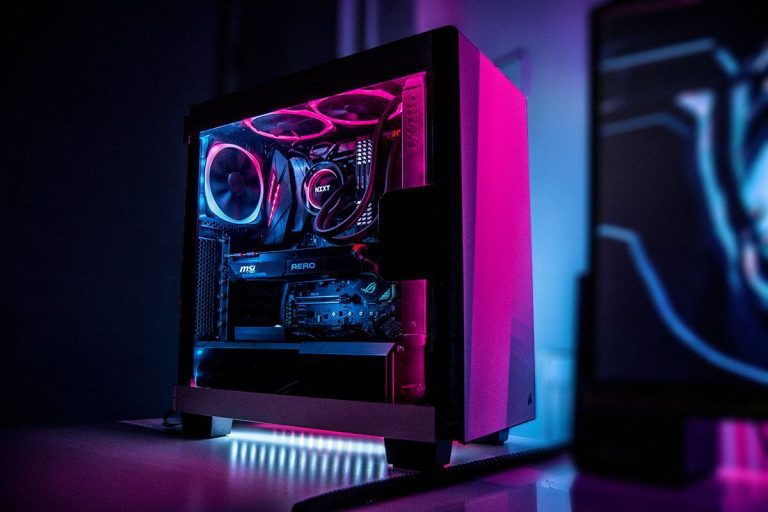
PC cases come in many shapes and sizes. Some are specifically designed to accommodate large video cards and even custom water cooling solutions.
It is important to understand the different types of PC cases available and which one will suit your needs. Some of the key factors include size, cooling, and aesthetics.
Mid-Tower
The mid-tower is the most popular type of PC case, able to support a wide variety of hardware and features. These cases can accommodate large power supplies and horizontal or vertical GPU layouts, as well as custom water cooling configurations. They also have enough room for extra fans to provide optimal cooling for the CPU and video cards.
These cases fit standard ATX motherboards, which are the most common form factor. This means they can support up to eight RAM slots and three graphics cards. They also have plenty of space for expansion cards, optical drives, and hard drives.
The NZXT H710i is a stylish and modern mid-tower that has the ability to support up to four SSDs. It is a great choice for building a gaming computer on a budget.
Mini-ITX
Using the smallest form-factor possible, Mini-ITX cases can make a powerful PC fit into the sort of space normally given over to a laptop. This can be an excellent way to save space on a desktop while building a rig capable of handling most modern tasks.
However, it’s important to plan your build carefully before buying components. For example, full-length GPUs require an SFX power supply that may not fit, and thermal considerations will dictate whether you need a riser cable.
The NZXT Manta aims to eliminate some of these concerns by offering a premium, modular design that can evolve for better cooling. It’s also one of the few Mini-ITX cases that can fit a huge triple-slot 335mm graphics card without needing a riser cable.
Full-Tower
Full tower cases are the goliaths of the PC world. They’re designed to accommodate E-ATX motherboards and provide ample space for larger graphics cards. They’re ideal for overclockers, enthusiasts, and hardcore gamers.
They usually have a massive number of fans for improved airflow. They also support liquid cooling setups with a pump / reservoir combo. This gives you the freedom to go all-in with your cooling configurations.
In terms of pricing, mid towers are more affordable than full-tower cases. They allow you to fit two high-end GPUs and leave enough room for storage drives. They also help keep the spirit of upgradability alive by allowing you to install more memory and expansion slots.
Budget
If you want to build a gaming computer on a tight budget, there are plenty of good choices. You won’t get a lot of expandability options with these cases, but you will get good airflow, cool aesthetics and RGB lighting at a low price.
You’ll find good budget options from brands like Fractal, Antec, and MSI. These cases are designed for modern components, and they’re also built for easy installation. They have separate mic and headphone jacks, four USB ports including Type-C, a super breezy front grille, space up top for a water cooler, and plenty of room for drives and cables.
The Cooler Master NR200P is a good budget case with an emphasis on acoustic comfort. Most budget cases sacrifice acoustic performance for big windows and tons of fans, but this one delivers.
Gaming
The best gaming cases serve multiple functions: They must be a stable platform for powerful hardware, and they must be a showpiece simultaneously. These cases often feature swanky materials and unique features that make them stand out from their competition.
For example, the Corsair Obsidian 1000D is a behemoth of a case for the biggest and boldest PC builds. It can fit two high-end GPUs and dozens of fans, allowing you to run a custom liquid loop and keep temperatures low.
Many mid-range and high-end cases have water-cooling compatibility worked into them, and some – including several from Corsair – have ditched 5.25-inch bays to remove airflow obstructions for front fans. Also, these cases frequently include a CPU cooler cut-out that lets you replace the cooler without ripping out the motherboard.